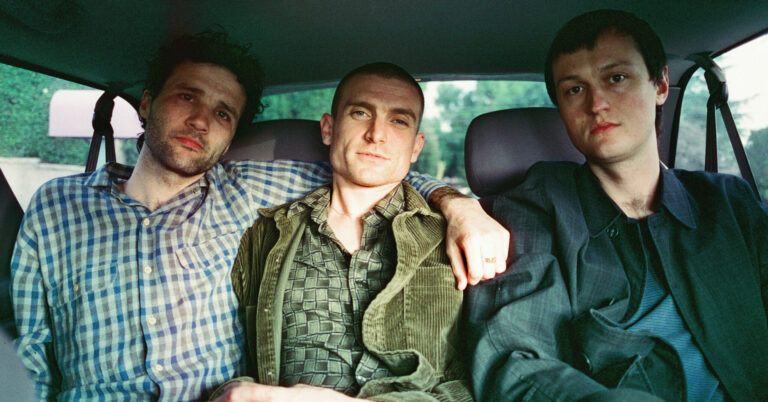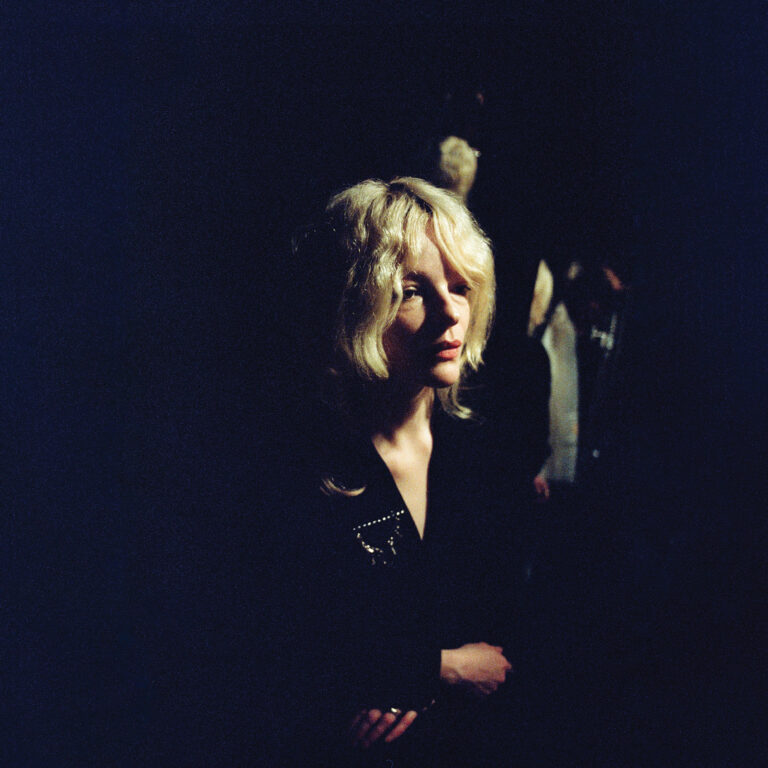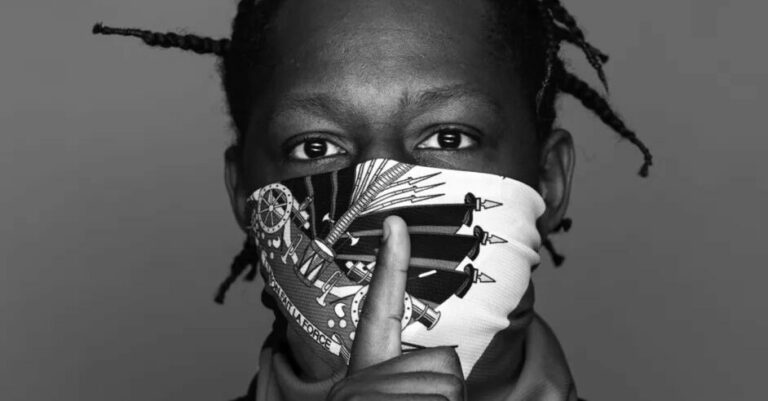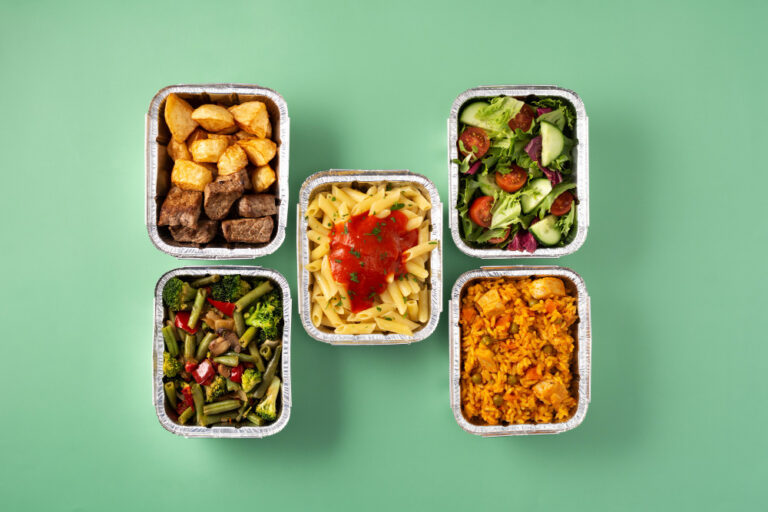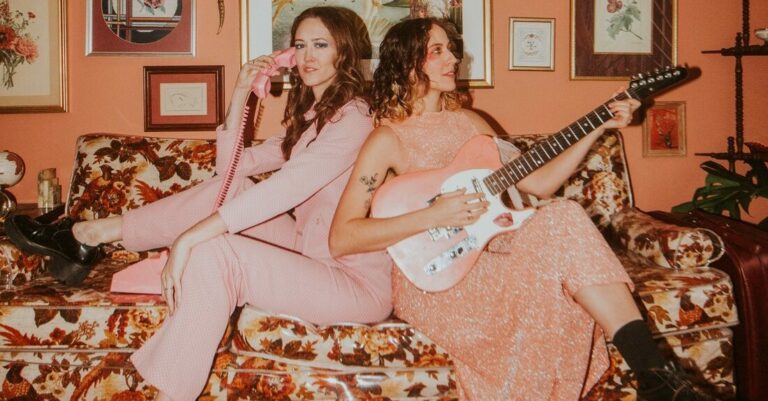Stress is an inevitable part of life. It is a natural response to challenging situations that can help individuals perform better. However, when stress is prolonged and unmanaged, it can take a toll on one’s physical and mental health. Stress can manifest in various ways, and the body can experience different signs and symptoms. In this article, we will explore the signs of stress on the body and how individuals can avoid them.
One of the most common signs of stress on the body is muscle tension. When an individual is stressed, their muscles tend to tighten up, causing discomfort and pain. Stress can also lead to headaches, which can range from mild to severe. Additionally, stress can affect one’s sleep patterns, leading to insomnia and fatigue.
Stress can also have an impact on one’s digestive system. It can cause stomach pain, nausea, and diarrhea. Furthermore, stress can weaken the immune system, making individuals more susceptible to illnesses. In the next section, we will discuss how individuals can avoid the signs of stress on the body and maintain good health.
- Recognizing Stress Symptoms
- Stress Management Techniques
- Professional Help and Resources
Recognizing Stress Symptoms
Stress can manifest itself in many ways, both physically and mentally. Here are some common physical symptoms to watch out for:
- Headaches: Stress can cause tension headaches or migraines, which can be triggered by muscle tension or changes in blood flow.
- Muscle tension: Stress can cause muscles to tense up, leading to pain or discomfort in the neck, shoulders, back, or jaw.
- Fatigue: Chronic stress can lead to fatigue, which can make it difficult to concentrate or complete tasks.
- Digestive problems: Stress can affect the digestive system, leading to stomach pain, diarrhea, or constipation.
- Changes in appetite: Stress can cause changes in appetite, leading to overeating or undereating.
- Sleep problems: Stress can interfere with sleep, causing insomnia or restless sleep.
If you experience any of these symptoms, it’s important to take steps to manage your stress levels. This can include practicing relaxation techniques, getting regular exercise, and seeking support from friends, family, or a mental health professional. By recognizing the symptoms of stress and taking action to manage it, you can improve your overall health and well-being.
Stress Management Techniques
Managing stress is crucial in maintaining a healthy body and mind. Here are some techniques that can help reduce stress levels:
1. Exercise
Physical activity is a great way to reduce stress and improve overall health. Exercise helps to release endorphins, which are natural mood boosters. It also helps to reduce muscle tension and promotes better sleep.
2. Meditation
Meditation is a great way to reduce stress and anxiety. It involves focusing on the present moment and clearing the mind of distracting thoughts. This can help to reduce feelings of stress and promote a sense of calm.
3. Deep breathing
Deep breathing is a simple and effective way to reduce stress. It involves taking slow, deep breaths, which can help to slow down the heart rate and promote relaxation.
4. Time management
Poor time management can lead to feelings of stress and overwhelm. Learning to manage time effectively can help to reduce stress levels and improve productivity. This can involve setting realistic goals, prioritizing tasks, and delegating responsibilities when possible.
5. Social support
Having a strong support system can help to reduce stress levels. This can involve spending time with friends and family, joining a support group, or seeking professional help when needed.
By incorporating these stress management techniques into daily life, individuals can reduce stress levels and improve overall health and well-being.
Preventive Measures
To prevent stress on the body, individuals should take proactive measures to manage stress before it becomes overwhelming. Here are some preventive measures that can help:
- Regular Exercise: Exercise is an excellent way to reduce stress and improve overall health. It can help to release endorphins, which are natural mood-boosters. Engaging in physical activity for at least 30 minutes a day can help to reduce stress levels.
- Healthy Diet: A healthy diet can help to reduce stress levels and improve overall health. Eating a balanced diet that includes plenty of fruits, vegetables, and whole grains can help to provide the body with the nutrients it needs to function properly.
- Adequate Sleep: Getting enough sleep is essential for maintaining good health and reducing stress levels. Adults should aim for 7-9 hours of sleep each night to help manage stress.
- Relaxation Techniques: Relaxation techniques such as deep breathing, meditation, and yoga can help to reduce stress levels. These techniques can help to calm the mind and body, reducing stress and anxiety.
- Social Support: Having a strong support system can help to reduce stress levels. Spending time with family and friends can provide emotional support and help to reduce feelings of stress and anxiety.
By incorporating these preventive measures into their daily routine, individuals can help to reduce stress levels and improve overall health and well-being.
Professional Help and Resources
When it comes to managing stress, seeking professional help can be an effective way to alleviate symptoms and prevent long-term health problems. Here are some resources that may be helpful:
Therapy
Therapy can be a valuable tool for managing stress and improving overall mental health. A therapist can provide a safe and supportive environment for individuals to explore their thoughts and emotions, learn coping strategies, and develop healthier habits. Some popular types of therapy include cognitive-behavioral therapy (CBT), dialectical behavior therapy (DBT), and mindfulness-based stress reduction (MBSR).
Massage Therapy
Massage therapy is another option for managing stress and promoting relaxation. Target Therapies offers many massage techniques that can help reduce muscle tension, improve circulation, and relieve stress. Some popular types of massage include Swedish massage, deep tissue massage, and hot stone massage.
Yoga and Meditation
Yoga and meditation are practices that have been shown to reduce stress and improve overall well-being. Yoga combines physical postures with breathing exercises and meditation, while meditation involves focusing the mind on a specific object or thought. Both practices can help individuals develop greater awareness of their thoughts and emotions, and learn to manage stress more effectively.
Support Groups
Support groups can provide a sense of community and belonging for individuals who are struggling with stress or other mental health issues. These groups may be led by a mental health professional or peer-led, and can offer a safe and supportive space for individuals to share their experiences and learn from others.
Overall, seeking professional help and utilizing available resources can be an effective way to manage stress and promote overall well-being. It’s important to remember that everyone’s experience with stress is unique, and what works for one person may not work for another. It’s important to find the resources and strategies that work best for you.
Conclusion
Stress can have a significant impact on the body, both physically and mentally. It can lead to a variety of health problems, including high blood pressure, heart disease, and depression. However, there are many ways to avoid or reduce stress.
One of the most effective ways to reduce stress is through exercise. Regular exercise can help to reduce tension and anxiety, and improve overall mood. Additionally, getting enough sleep is crucial for managing stress. Lack of sleep can lead to irritability and fatigue, making it more difficult to cope with stressors.
Another important way to manage stress is through relaxation techniques such as meditation and deep breathing exercises. These practices can help to calm the mind and reduce feelings of anxiety and stress.
It is also important to maintain a healthy diet and avoid excessive alcohol and caffeine consumption. These substances can increase feelings of anxiety and stress, and have negative impacts on overall health.
Overall, managing stress is crucial for maintaining good health and well-being. By implementing healthy habits such as exercise, relaxation techniques, and a healthy diet, individuals can reduce the negative impacts of stress on their bodies and minds.
